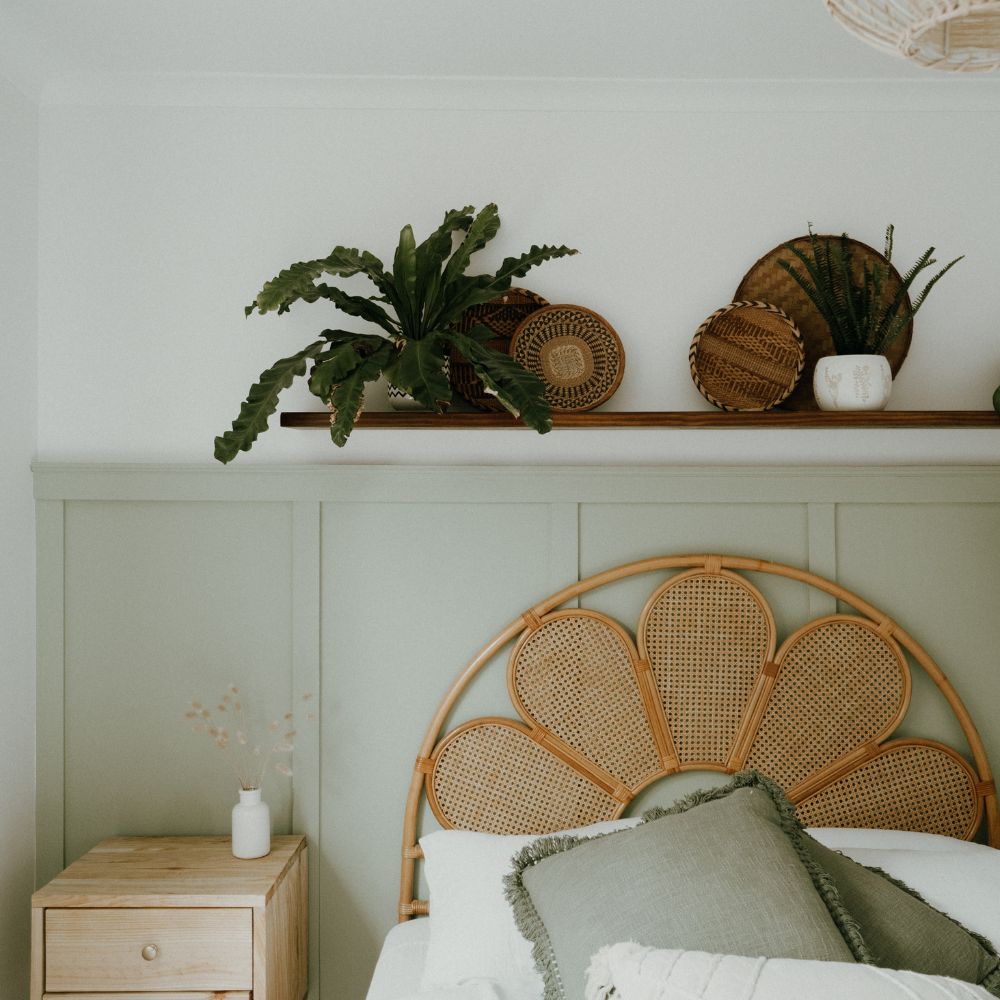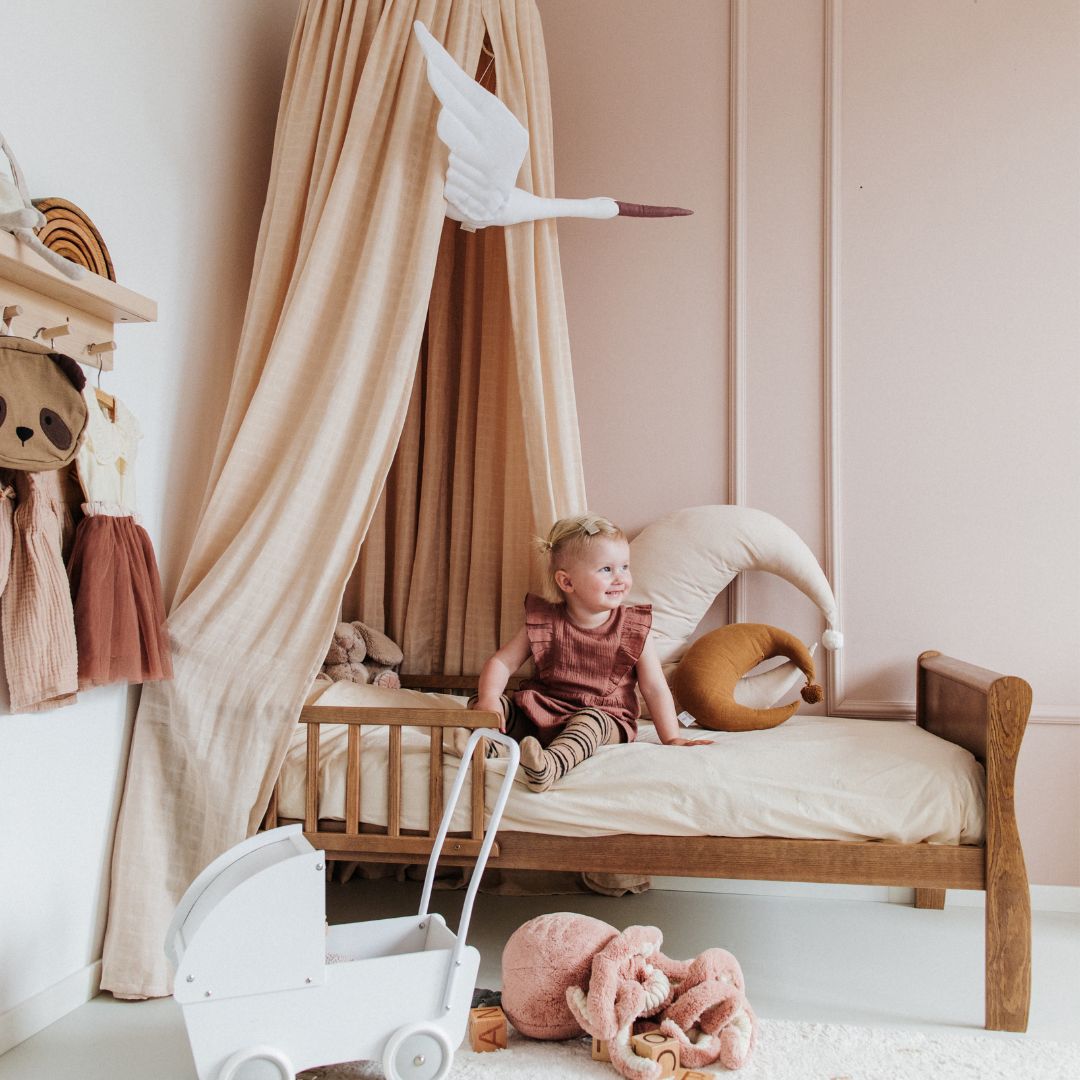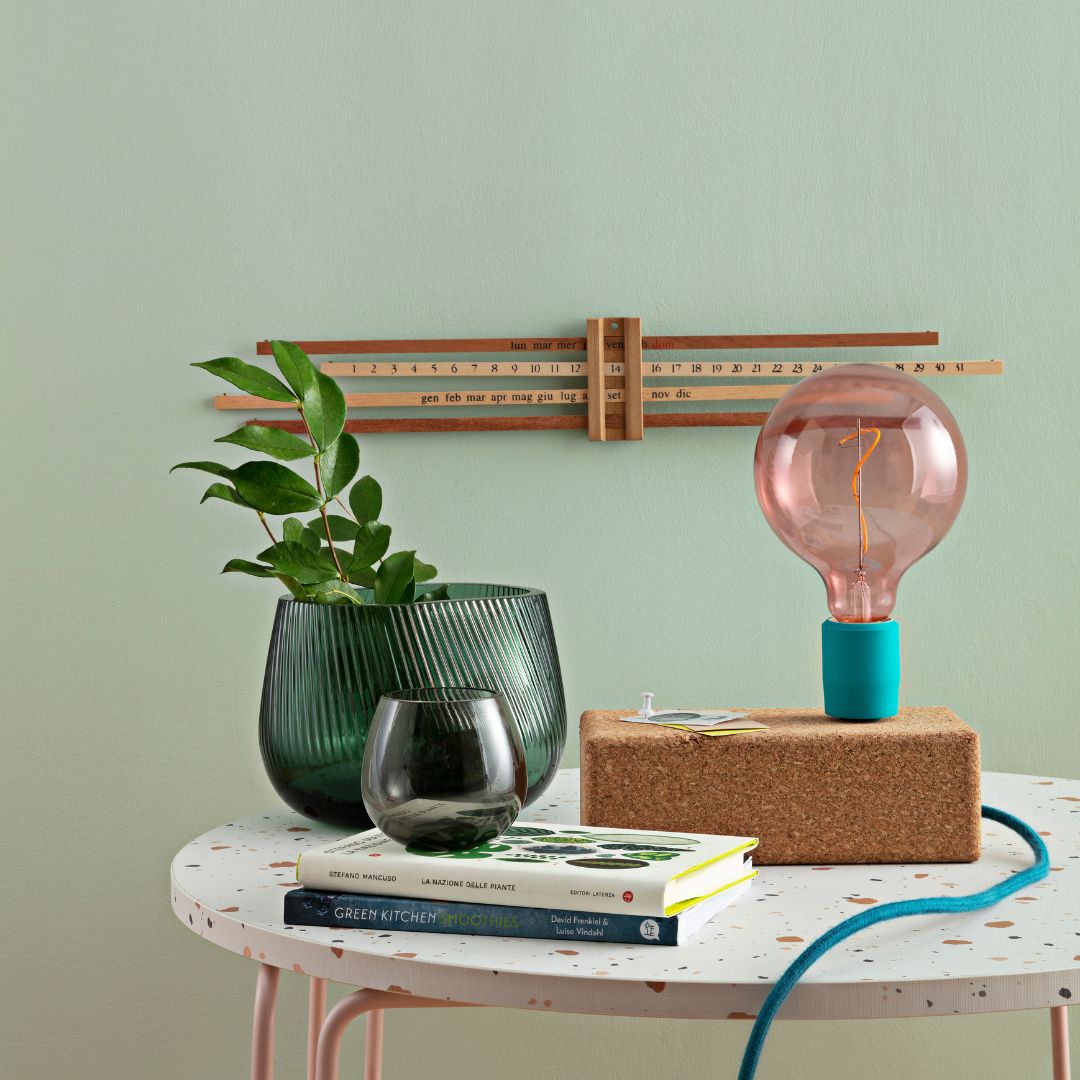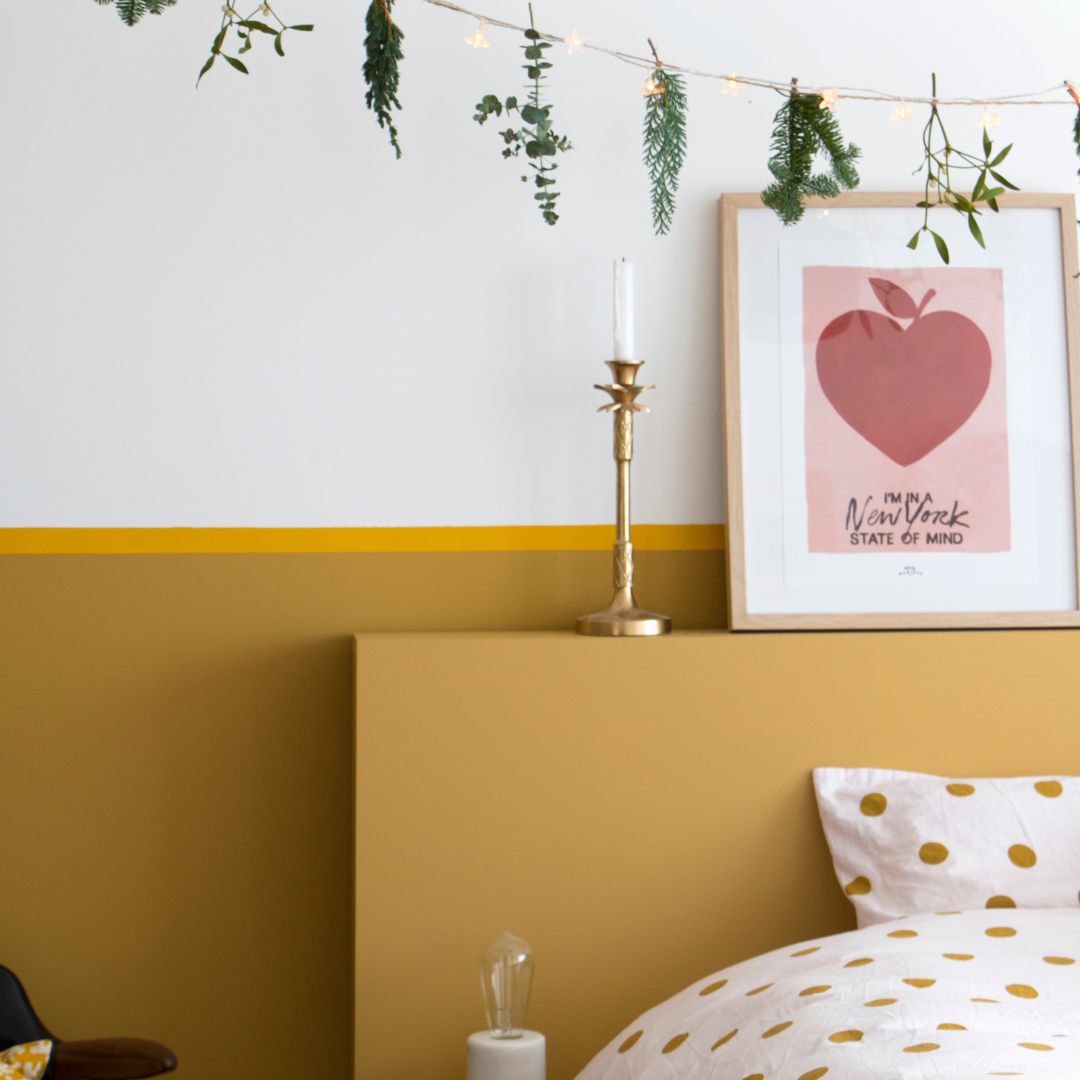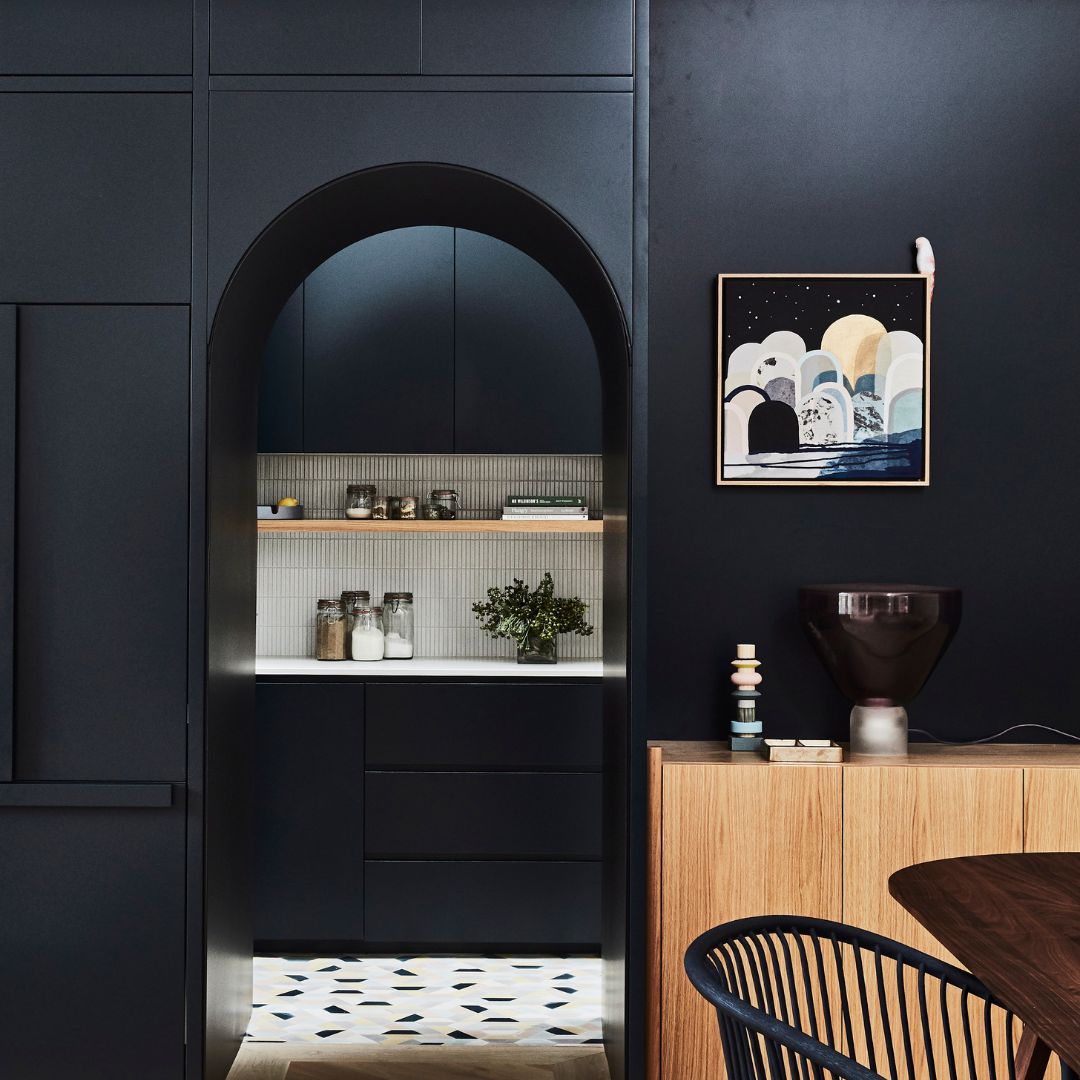When you want to carry out painting renovation work, you often ask yourself the question of the compatibility of the paint on the surfaces or parts you want to paint.
A separate room in our interior due to its characteristics, repainting the bathroom also presents these questions due to its humidity or even the daily use we make of it.
This is even more true when you think about the different supports that exist (earthenware, tiles, waterproof plasterboard ) and their possible proximity to water points. This guide only applies to wall surfaces; if there are tile paints for floors, we do not sell them.
Painting bathroom wall tiles requires several questions to ask before making a decision: the first is the economic benefit and the considerable time savings of applying paint to the tiles and walls compared to a complete renovation. Finally, the choice of paint is crucial to ensure durability over time and a certain aesthetic appeal.
With the multitude of colors available in paint color charts, the decorative aspect is obviously important.
So, discover all of our tips for choosing the right paint for your bathroom wall tiles and ensuring successful renovation work.
What type of paint should I choose to paint my bathroom tiles?
Choose the most natural paint possible for your bathroom
There are many types of paint , more or less suitable for a damp room: acrylic, epoxy or even ecological, and they all have advantages, but are they all compatible with application on tiles on bathroom or kitchen walls?
The first criterion to take into account remains resistance to humidity and temperature variations.
Among the existing options, classic paints come to mind. Acrylic paint is often cited due to its versatility and ease of application (it is a paint that dries quickly and is available in all finishes).
While it's true that acrylic paint is a consistent option, you can choose to use a more environmentally friendly product for your painting work: its price won't necessarily be higher and you'll also have the choice of using the colors of your choice, or simply white if you want the most neutral result possible.
As a bonus, we offer the same finishes as a range of acrylic paint: notably satin, which is the finish mainly used in a bathroom (including walls and ceilings).
Regarding Algo paints, for example, we don't necessarily recommend applying our paint to bare tile. However, you can definitely apply our paints to your existing tiled floor if a specific primer is applied beforehand. This will allow you to add color to all of your wet rooms, whether it's the kitchen or the bathroom.
Please note, however, that we recommend not applying our paint to areas particularly exposed to water (above a tap or shower, for example).
Matte, satin, velvet: which finish should you choose?
Our recommendation is as follows: whatever the surface or materials (placo, ceiling, woodwork or walls) on which you wish to apply our paint in a humid room such as the kitchen or bathroom, the satin finish is the preferred choice.
Its increased durability and washable properties make this finish the most practical to maintain. Its resistance to humidity makes it the ideal finish for use in this type of room.
Matte and velvet are alternatives that exist, but they will be more considered in other conventional rooms of the house because they will not necessarily be suitable in a bathroom or kitchen.
Prepare the tiles before painting
Just like preparing your walls, it's important to clean your tiles. Over the course of daily use in your bathroom, dirt, dust, grease, and limescale can all hinder the adhesion of paint, regardless of the type and the room.
The practice remains the same if it is the kitchen that you wish to repaint.
A deep cleaning will then be recommended: black soap and white vinegar are the most suitable products for deep cleaning the surface. Of course, wait at least 24 hours to allow your surface to dry completely, which will allow the paint to adhere to the surface without flaking or blistering.
Once dry, you can apply the specific undercoat for tiles: this will be even more necessary if you use an ecological paint based on a bio-sourced resin such as Algo Paint.
Painting the bathroom tiles
This is the final step in your bathroom painting project: how to paint your bathroom tiles? You can choose between two painting tools: a brush or a roller.
As with painting walls, using a roller is recommended for flat, smooth surfaces. This works perfectly for tile. For grouting, using a fine brush is more useful: this way, you'll be guaranteed the cleanest and most aesthetically pleasing result possible.
It is customary to start with the most complex areas to paint, and therefore mainly the joints and angles.
We recommend using satin and, as such, it will be important to favor an application in a thin layer of thickness for several reasons: the first is the homogeneity of the support.
Indeed, a thin coat of paint will have an impact on the aesthetics, but it will also limit roller marks and the risk of drips that can occur when applying paint. Respecting the drying time is also a guarantee of success.
To achieve a perfect result, two thin finishing coats will be necessary to repaint the wall tiles. A third coat may be necessary if the color is bright.
Please note that the humidity level in the bathroom should be as neutral and low as possible to promote the adhesion and drying of the paint.
To maintain the paint on your bathroom tiles, choose to use a solution of warm water with soapy water and a microfiber cloth.
Applying a varnish to reinforce the protection of the support is also a solution.
Order Algo paint for your bathroom!
To paint your bathroom tiles, you can rely on Algo's multi-surface ecological paint, available for sale on our website.
Our paint will also be compatible on conventional surfaces: walls and ceilings in particular.
With more than 100 colors in stock to redecorate your interior, the packaging ranges from 0.5 liters to 5 liters for the shades and the price varies per liter depending on the packaging chosen, but you are guaranteed to pay the right price for your paint!
White is also well represented with two references: grand blanc and pure white.
Enjoy free delivery to a collection point from €90 and fast delivery within one week of order confirmation.
